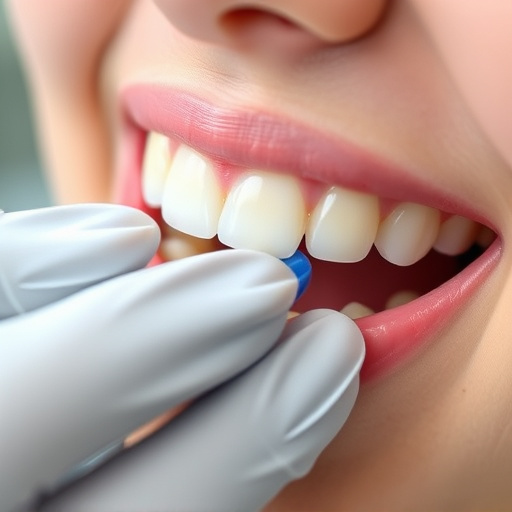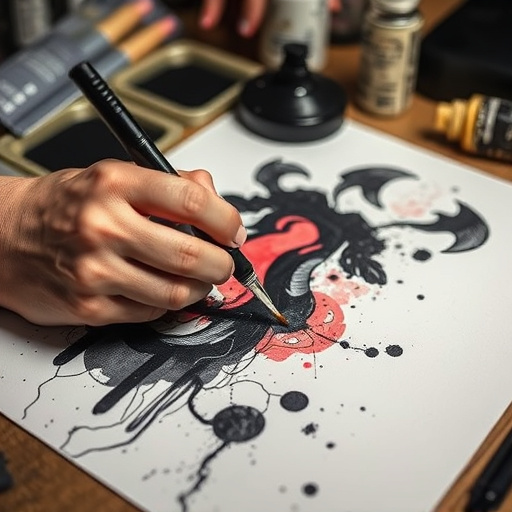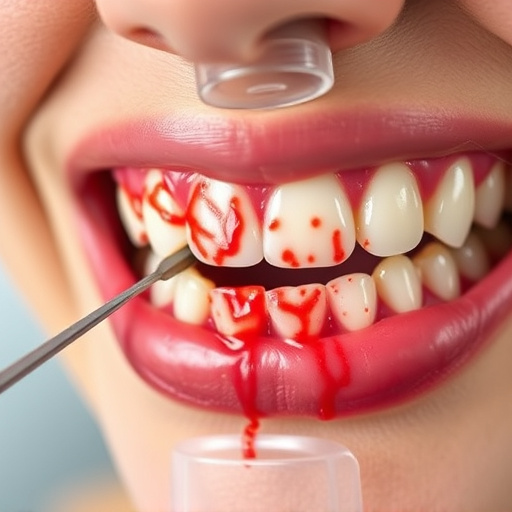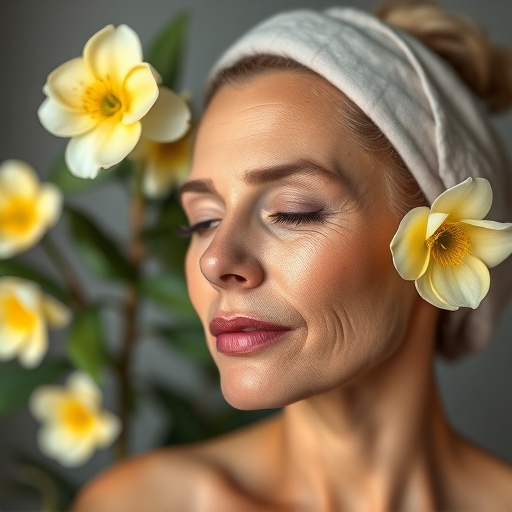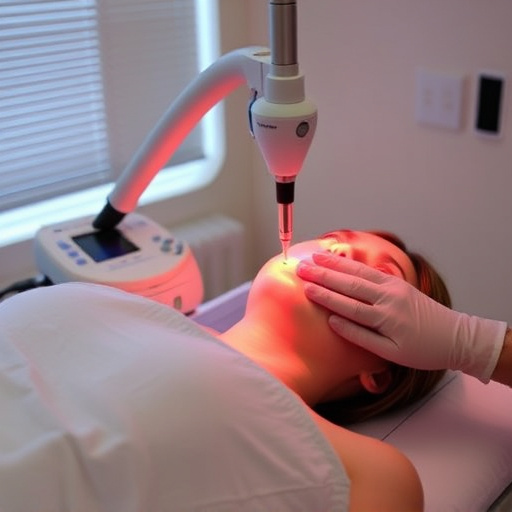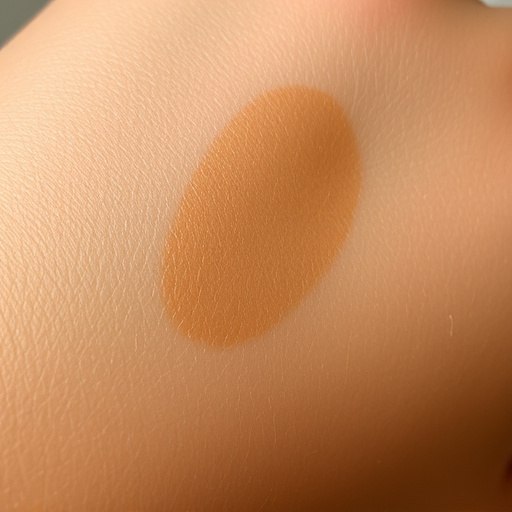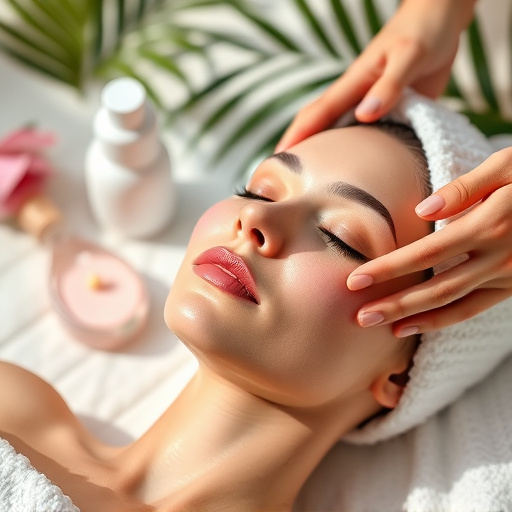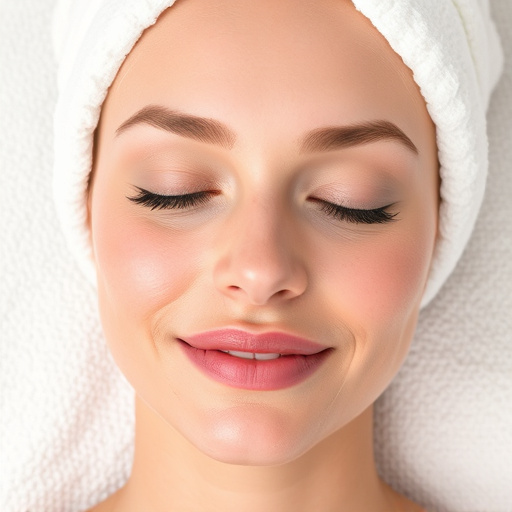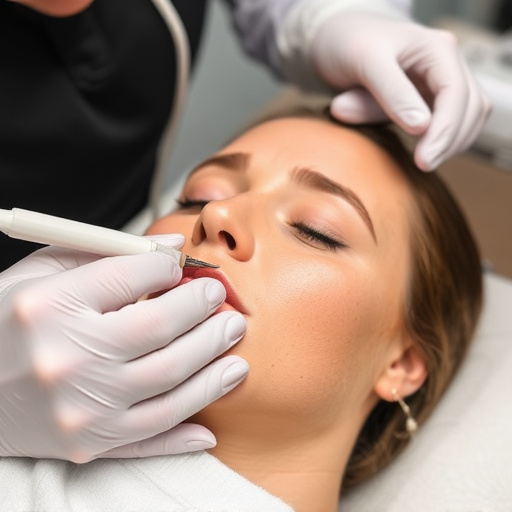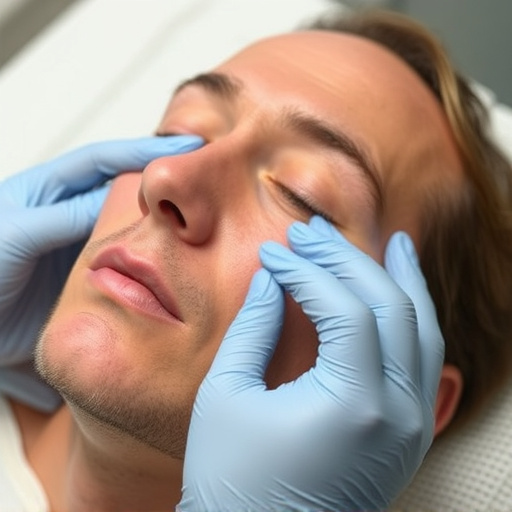While age spots are common as we age, preventing sun damage is crucial for effective age spot removal. Broad-spectrum sunscreen with an SPF of 30 or higher, applied every two hours, blocks harmful UVA and UVB rays that cause melanin overproduction. Regular use alongside professional treatments can significantly slow age spot development and maintain skin health, combating photoaging and preserving a youthful complexion.
“Unveil the secrets to preserving a youthful complexion with our comprehensive guide to sunscreen’s role in age spot prevention. Age spots, those unwelcome age markers, are more than just aesthetic concerns; they signal skin damage from UV exposure. This article delves into the science behind these spots, exploring their causes and impact on skin health. We then unravel the crucial role of sunscreen in shielding your skin, offering expert tips for effective usage to prevent and reduce age spot removal. Embrace a sun-safe routine for long-term skin vitality.”
- Understanding Age Spots: Causes and Impact
- The Role of Sunscreen in Preventing Age Spot Formation
- Effective Sunscreen Usage for Long-Term Skin Health
Understanding Age Spots: Causes and Impact
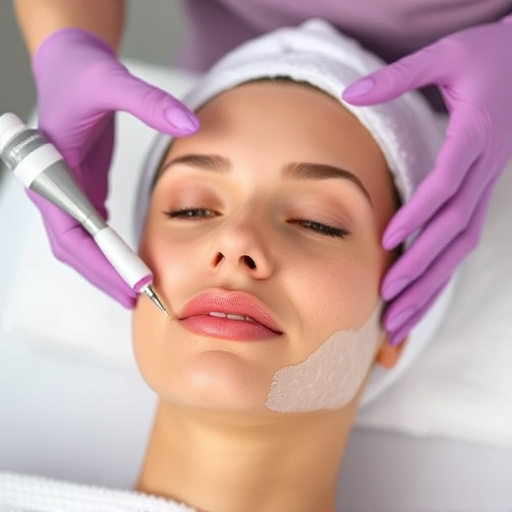
Age spots, also known as liver spots or age spots, are common skin concerns that develop as we age. They appear as small, discoloured patches on areas exposed to the sun, such as the face, hands, and shoulders. While they are typically harmless, many individuals seek age spot removal solutions due to their impact on appearance.
The primary cause of age spots is prolonged sun exposure, which leads to an overproduction of melanin, resulting in dark, uneven skin tones. Factors like genetics and skin type also play a role. Over time, the cumulative damage from UV rays can accelerate skin ageing, causing not only age spots but also fine lines, wrinkles, and loss of elasticity. Hydrating facials and acne treatments may address related skin concerns, but for effective age spot prevention, protecting the skin from sun damage is paramount. Skin tightening techniques can also help minimize their appearance by improving overall skin texture and tone.
The Role of Sunscreen in Preventing Age Spot Formation
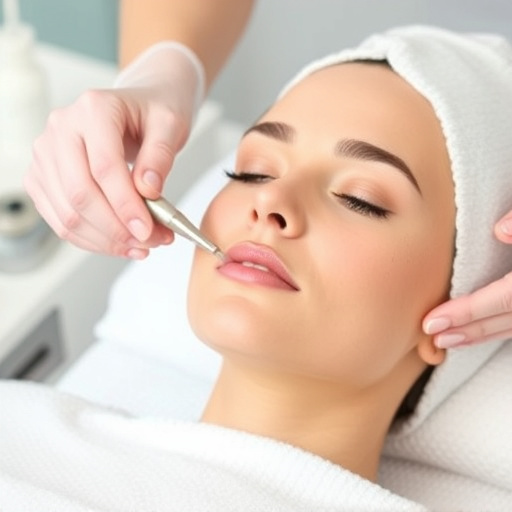
The role of sunscreen in preventing age spot formation is pivotal. Sun exposure is one of the primary contributors to premature aging of the skin, leading to the development of age spots or hyperpigmentation. These dark patches are not just unappealing; they also signal deeper damage caused by ultraviolet (UV) rays. Sunscreen acts as a protective barrier against these harmful rays, blocking both UVA and UVB radiation that can trigger melanin production and exacerbate existing age spots.
Regular use of broad-spectrum sunscreen with an SPF of at least 30 can significantly reduce the formation of new age spots and even help fade existing ones over time. Unlike age spot removal treatments like chemical peels or laser hair removal, which may have side effects and are often costly, sunscreen is a simple, daily habit that offers a proactive approach to maintaining youthful, radiant skin. It’s an essential component in any skincare routine aimed at preserving the skin’s aesthetic quality.
Effective Sunscreen Usage for Long-Term Skin Health
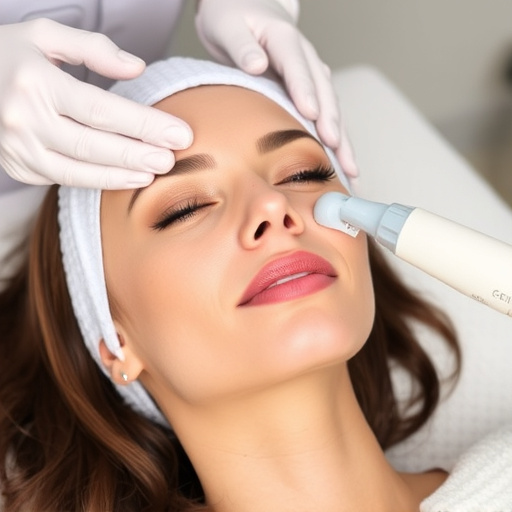
Effective sunscreen usage is a cornerstone for maintaining long-term skin health and preventing age spot removal. Beyond simply blocking harmful UV rays, it plays a pivotal role in guarding against photoaging—a process accelerated by sun exposure that leads to wrinkles, leathery skin, and, notably, age spots. Incorporating broad-spectrum sunscreen with an SPF of 30 or higher into your daily routine is essential, as it protects against both UVA and UVB rays, which are the primary culprits behind these signs of aging.
Remember that consistent application is key. Sunscreen should be reapplied every two hours when outdoors, especially after swimming or sweating. Opting for water-resistant formulas ensures protection even during activities that can wash away regular sunscreen. In conjunction with professional skincare treatments like anti-aging therapies and skin tightening procedures, a daily habit of effective sunscreen usage can significantly slow the development of age spots and maintain a youthful complexion.
Sunscreen isn’t just a summer essential—it’s a year-round necessity for maintaining skin health and preventing age spots. By understanding the causes and impact of these spots, we recognize the critical role sunscreen plays in our skincare routine. The right SPF and consistent application can significantly reduce the risk of new age spots forming while also helping to fade existing ones. Prioritizing sunscreen usage is a proactive step towards achieving and maintaining youthful, radiant skin, making it an indispensable tool in any age spot removal strategy.


